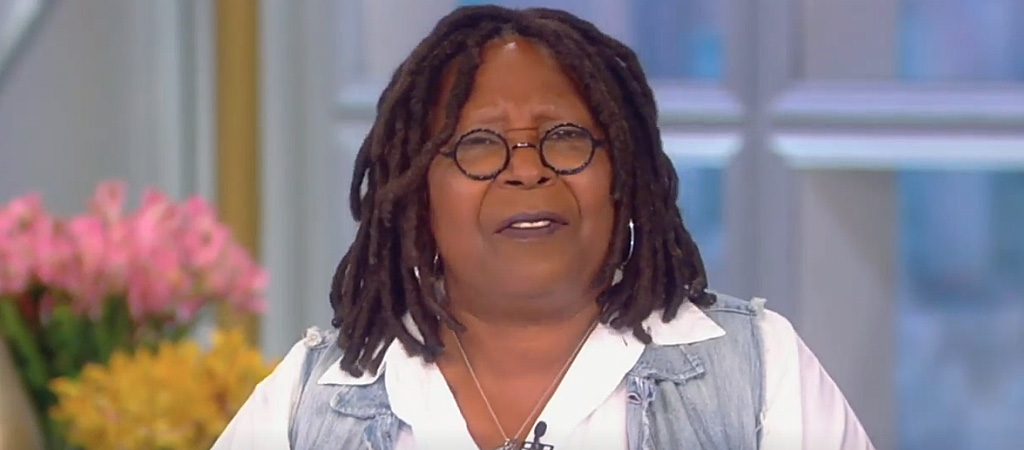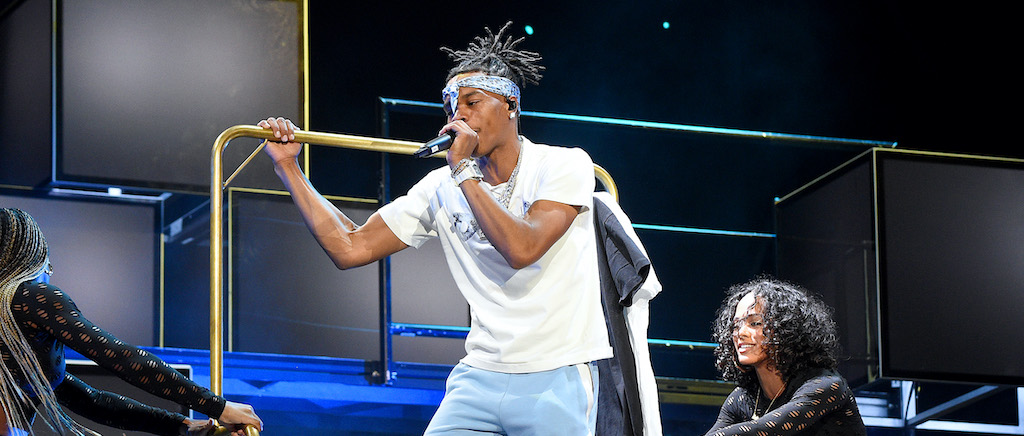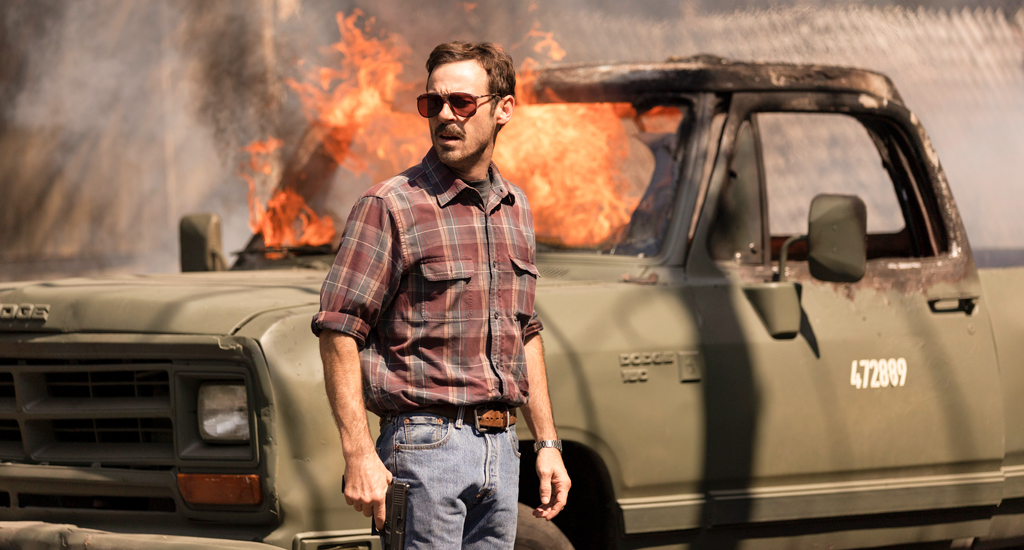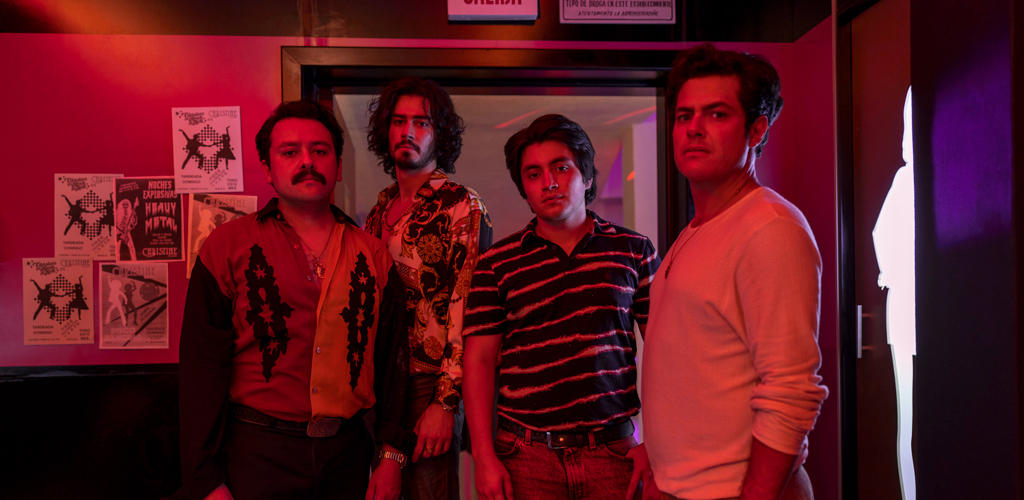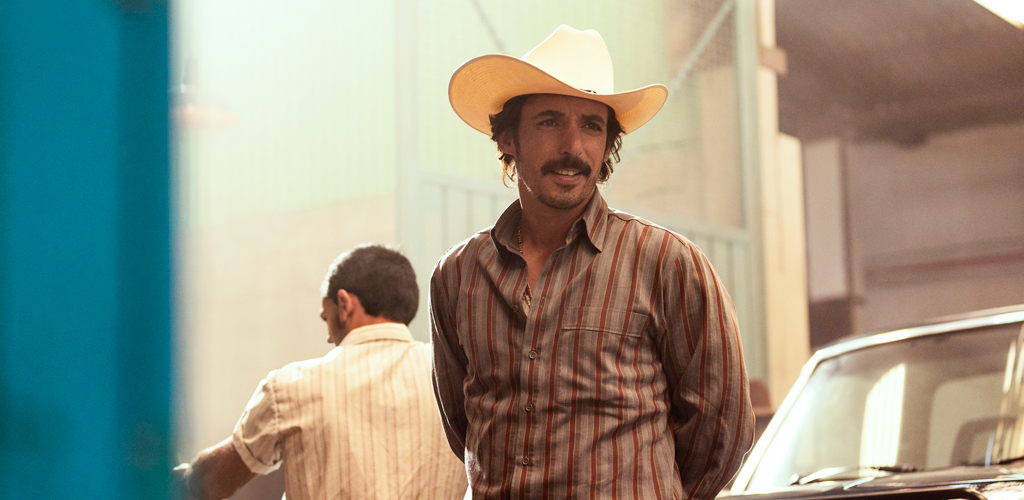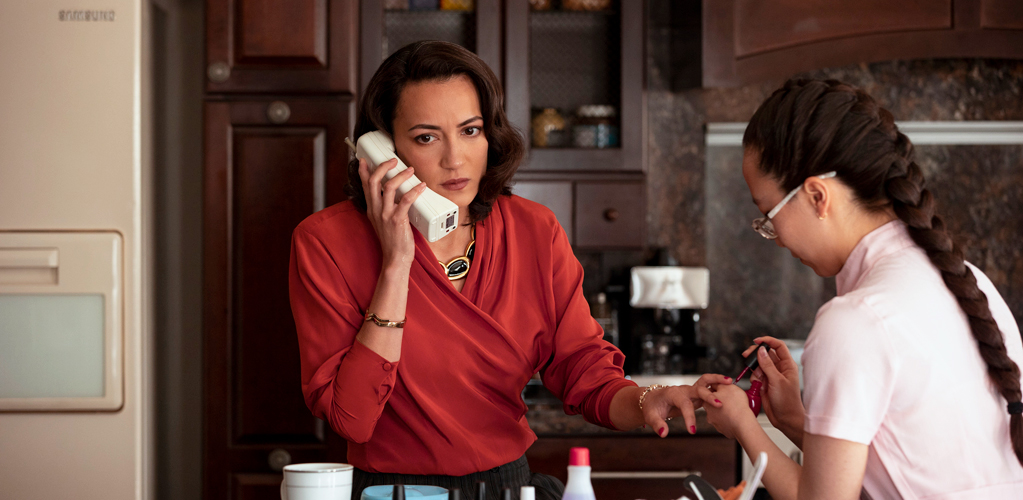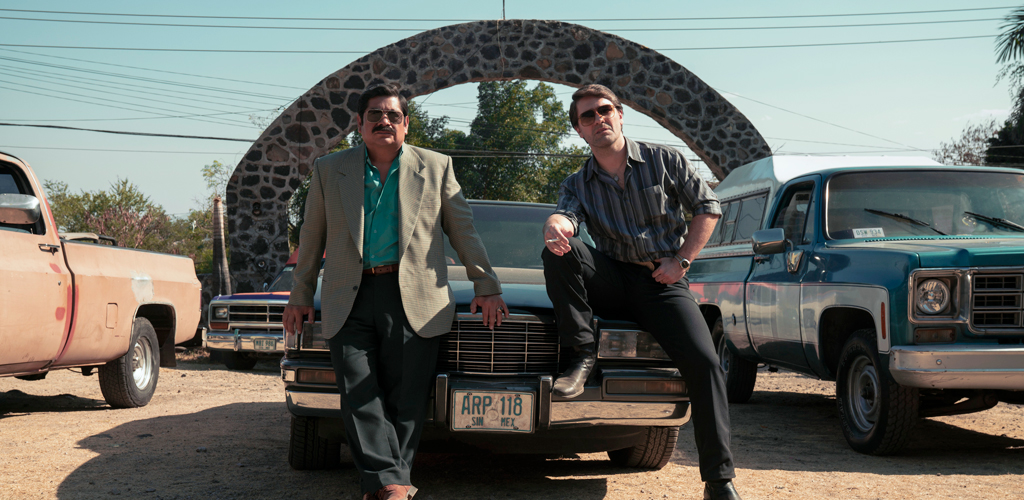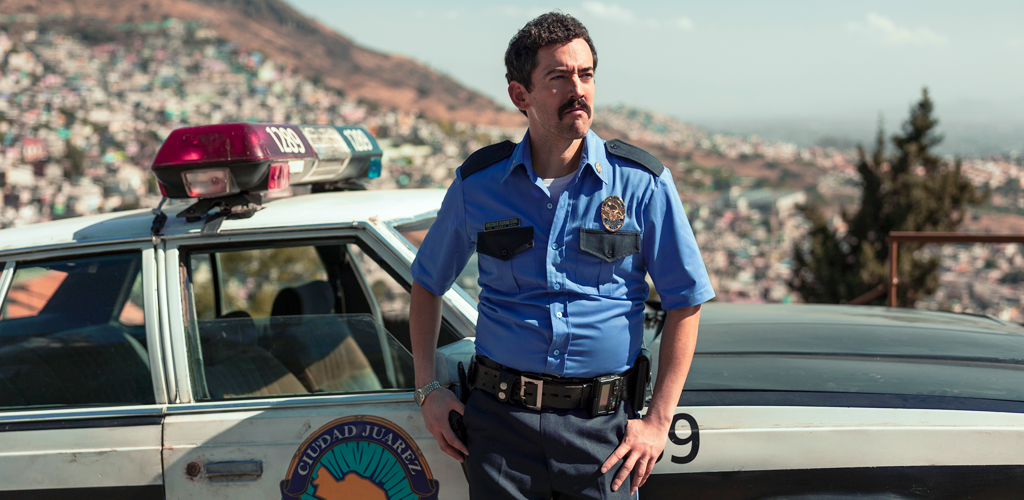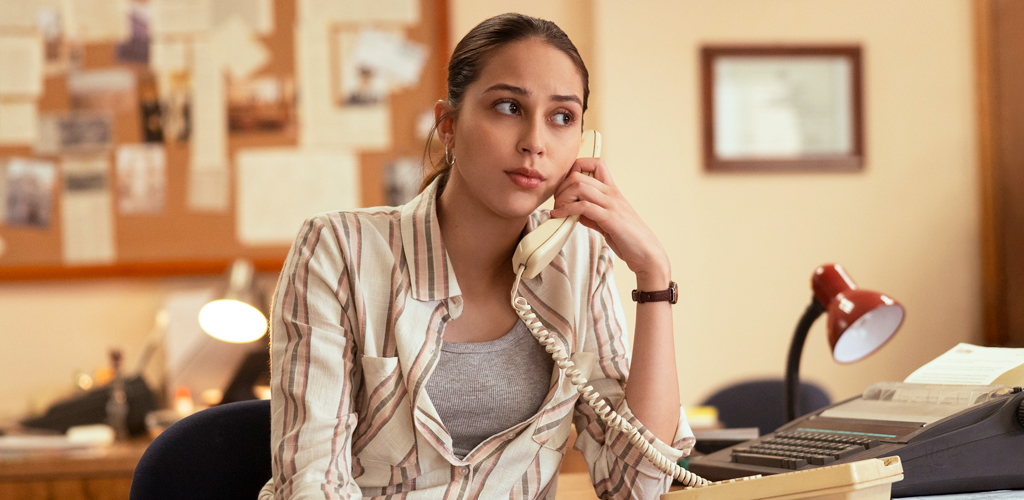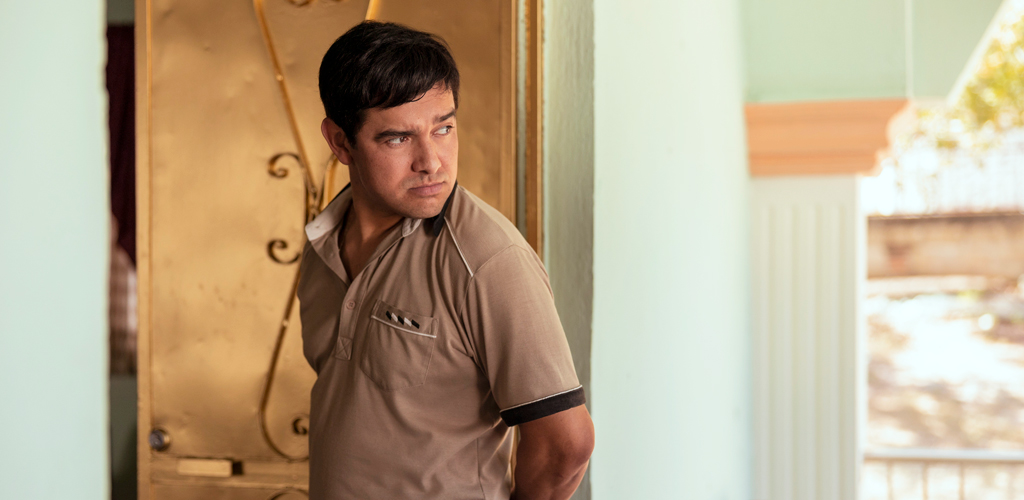In The Eyes of Tammy Faye, Andrew Garfield plays Jim Bakker, the other half, along with the aforementioned Tammy Faye, from the Jim and Tammy Faye team that hosted a Christian-themed variety show until scandal blew the whole thing up in the late ’80s, resulting in a stint in prison for Jim Bakker. I get the sense Garfield kind of likes Jim Bakker. Well, “like” is a strong word. I don’t think Garfield wants to hang out with Jim Bakker, or approves of his crimes, but Garfield does seem to understand Bakker. And, look, make no doubt about it, at the time they were an infectious pair. (Before school started in the morning, I used to watch the tail end of their show, right before She-Ra came on. It really did seem like more of a variety show than a religious show.) But learning to, if not like, at least understand Bakker, is why Garfield is so effective.
Though, that doesn’t mean I have to like Jim Bakker. And Garfield and I have some friendly sparring. (I’ve interviewed Garfield probably a half dozen times at this point and he’s always great.) Though, if we focus on his crimes back then (and not the nonsense he’s spewing out these days about Covid), he just seems more “ambitious” than anything. (At least through the lens of this film.) And, compared to a lot of other bad men in positions of power, well let’s just say we’ve seen a lot worse over the last few years.
Garfield always seems to be having a movie coming out. (This is a good thing.) But Spider-Man still follows him wherever he goes. On his previous press tour, he made it pretty clear he wasn’t talking about his possible appearance in Spider-Man: No Way Home, so I didn’t ask about that. But I do remember, 11 years ago at a press conference for The Social Network, everyone just wanted to ask him about his next movie, where he plays Spider-Man. At the time I even remember thinking, “Oh, here’s what’s going to be a truly classic film, The Social Network, and it’s all Spider-Man questions. This poor guy.” So I asked Garfield if he remembered that.
Strangely, I used to watch Jim and Tammy Faye’s show. Before school, it was on right before She-Ra: Princess of Power and I’d catch the end. I don’t think I realized it was a religious show. Like the movie depicts, it was more of a variety show. I remember thinking, “Oh, these two are pleasant.”
Yeah! Yeah, yeah, yeah. I love that. And they were the people that wanted to make Christianity fun and make it a party and really take some of the curse off of it, really. There were some really beautiful aspects of what they were preaching and how they work, setting an example for other Christians. There were some really, really beautiful aspects that I think people forget amidst all the controversy and all of the scandal. They really just thought Christianity should be fun. Life should be fun. And we should prosper in the here and now. Obviously the word “prosper” has been misinterpreted by Mr. Bakker in his reading of the Bible, which he discovered when he was in jail. He started reading the original Greek of the Bible and he realized that the idea of the prosperity doctrine was not about material wealth but about spiritual prosperity…
Yeah, but I’m not sure he learned his lesson there. He was out there selling Covid drugs last year.
That’s really interesting. I think, like all of us, we go on these journeys in our lives where we maybe hit a rock bottom and we understand something about how we’ve lived and the mistakes we’ve made and how we’ve missed the mark, and we redirect back towards a more truthful, righteous, ethical path. And then the temptation is always there. So, I think when he left prison and the televangelicals started knocking on his door after a few years of exile, he couldn’t resist that old Devil on his shoulder in a way. That’s how I perceive it, anyway. The validation from the community that he once was king of coming back and saying, “Hey, I think we’re ready to reintegrate you into the fold.” And then maybe lost his way again. It’s not for us to judge, not for me to judge anyway.
Well, I’m going to judge. And the whole “Covid cure” thing, that’s pretty lousy.
Yeah, I don’t get to do that…
Because you have your own brand of Covid drugs and you’re competing against him.
[Laughs] Yeah, thanks for bringing that up.
Yeah, no problem.
No, I was going to say, in playing Jim, my intention has always been to make him humanized and find the human in him and where we meet…
Well, that makes sense. Like I said, I found them pleasant and I was really shocked when the scandal happened. So, to a point I feel sympathetic towards him, too, but you really do.
Yeah, I do. Well, I mean, it’s my job to. And I think that was one of the reasons why I was so curious and interested in taking on the role is because, how am I going to get to that place? Like, that’s the most exciting part about playing a character like this, playing a person like this – is that the job, for me, is to close the gap between me and him. And in that empathic kind of way, to find myself in him and to find him in myself. And that’s scary work to do because obviously there are certain people in the world where you instinctively want to go, “Okay, well, thank God that’s not me.” And surely I think a lot of the work of healing our culture, right now especially, is to go, “How is that me? And how do I allow myself to explore the parts of myself that are this person?”
And I think the mistake we make, as a culture, is exile. And the mistake we make as individuals is self-exile. If we exile aspects of ourselves, then those things are just going to grow bigger and bigger and bigger in the basement till one day they go and shoot up a school, or turn into the President of the United States. The symptom of all of that suppression, we see it play out constantly.
Well, what’s interesting about him, especially the way you portray him, I kept thinking to myself while watching this, “He’s not as bad as some of the people we’ve seen in positions of power lately.” I’m not defending any of his actions, but in the scale of things this guy is not the most evil person on Earth.
I don’t think he’s evil at all. But again, I have a very particular viewpoint. But, for me, he thought he was doing God’s work. He was under the impression, call it delusion, call it illusion – and I think he would’ve called it illusion when he realized what he realized when he was in prison from what I understand – is that he thought he was doing God’s work. He was under that impression. He thought he was given the message from God that we are meant to be materially wealthy and that material wealth is an indication of God’s love.
He followed those instructions very well.
Yeah…
About accumulating wealth.
But not just for him, but for everyone around him and for his congregation. That’s what he ultimately wanted to do.
Have you heard from him? Have his people reached out? Has anyone from the Bakker camp been like, “I got a word for you, buddy.”
No. And I would be, of course, very open to talking. I would love to talk with him, or with anybody. But yeah, it’s interesting. For me, I think he felt like he had to build. He had to be a builder, a God, and that he was going to be one of God’s soldiers on earth. He did amazing stuff. He made the first Christian theme park. He created shelter for single mothers who had been abused. He created homes for disabled children. There was nothing intentionally nefarious – he had eyes bigger than his belly, or he felt like he was given too much of a job to do that he felt like he could never match up to what God wanted of him.
And I think that was, for me, how I understood how he felt, in terms of not being able to be ever enough for a father figure. You know what I’m saying? And that’s one of the reasons why I think he was so easily rused by Falwell as well. An older heroic father figure that he needed to be loved by, approved by. I think he had a blind spot there and it was the wound, if you will, that created all of the chaos around him and his ultimate downfall. It was his tragic flaw.
You still get asked about Spider-Man a lot. You know what I keep thinking about? Do you happen to remember The Social Network press conference at The Harvard Club? It was the morning after that big party at The Harvard Club?
I remember the party, remind me of the press conference?
Well, The Social Network, a lot of people consider it the greatest movie of the 21st century, which I’m sure you’re well aware of. And it was finally time for people to start asking you questions and everyone wanted to ask about your next movie, which was at the time was Spider-Man. Thinking back on it, you were talking about The Social Network, one of the greatest movies of the 21st Century and people were already asking about Spider-Man. Do you think about that?
[Laughs] No.
See, I’m thinking about it for you…
Well, no, I do in a way. As you mention it, I think about it. It’s fascinating, isn’t it? What captures the culture more than other things? And what is, I guess, a more mass-minded part of the culture. There are certain things that are just easier to access for people, I guess. So Spider-Man is much easier for a large number of people to feel identification with and to feel connected to, I suppose. Whereas The Social Network, yeah, I agree with you. It’s one of the great films of however long…
It would be like someone asking Orson Welles at the press conference for Citizen Kane, “Hey, I heard you’re playing The Phantom soon.” That’s why I find it weird. Anyway…
[Laughs] Right.
‘The Eyes of Tammy Faye’ will be in theaters on September 17th. You can contact Mike Ryan directly on Twitter.


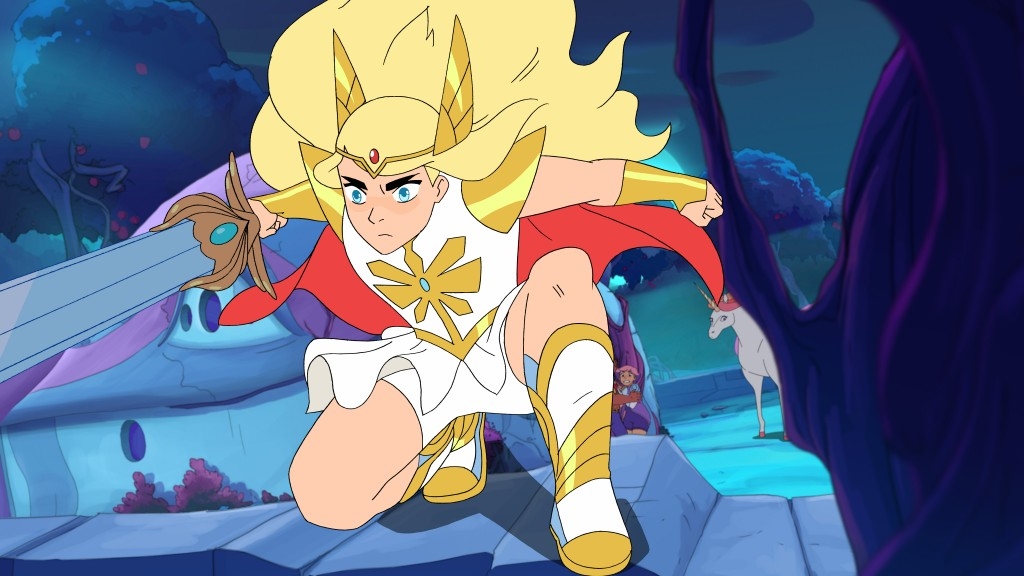
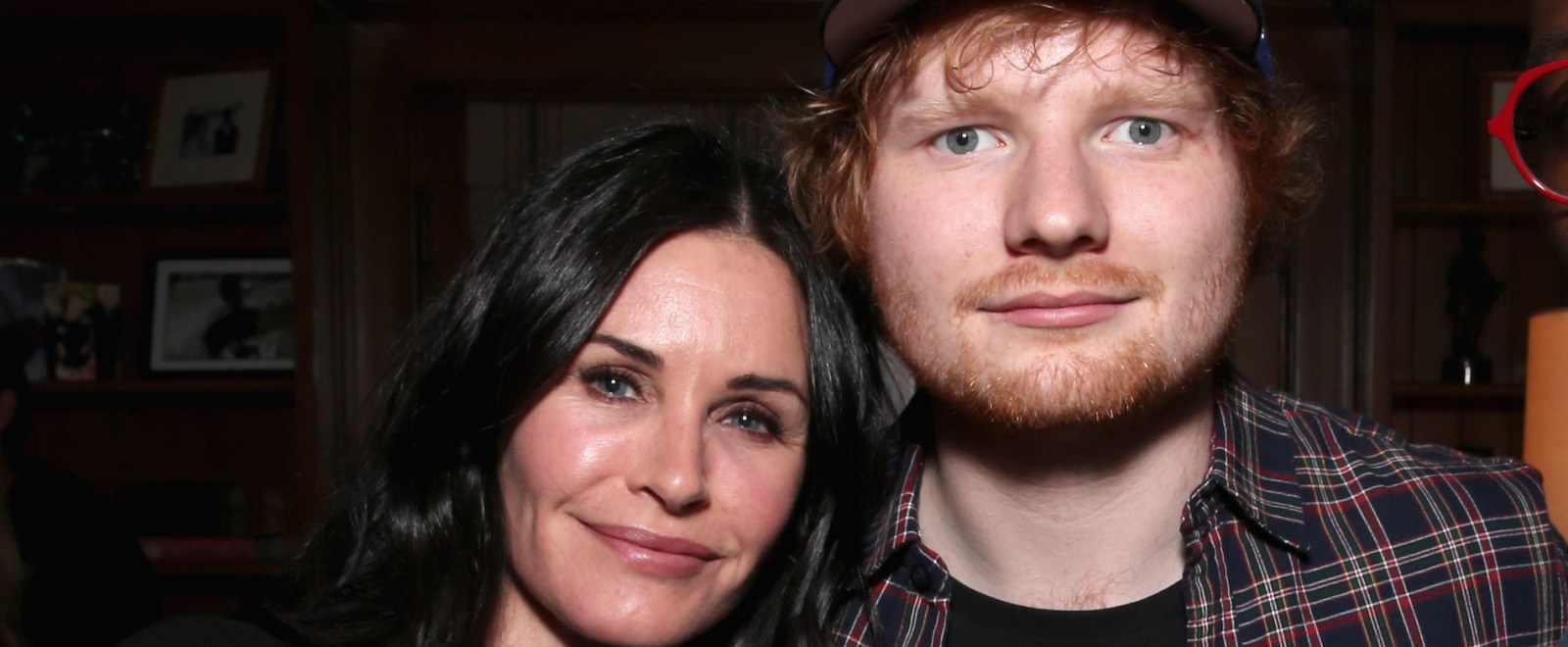
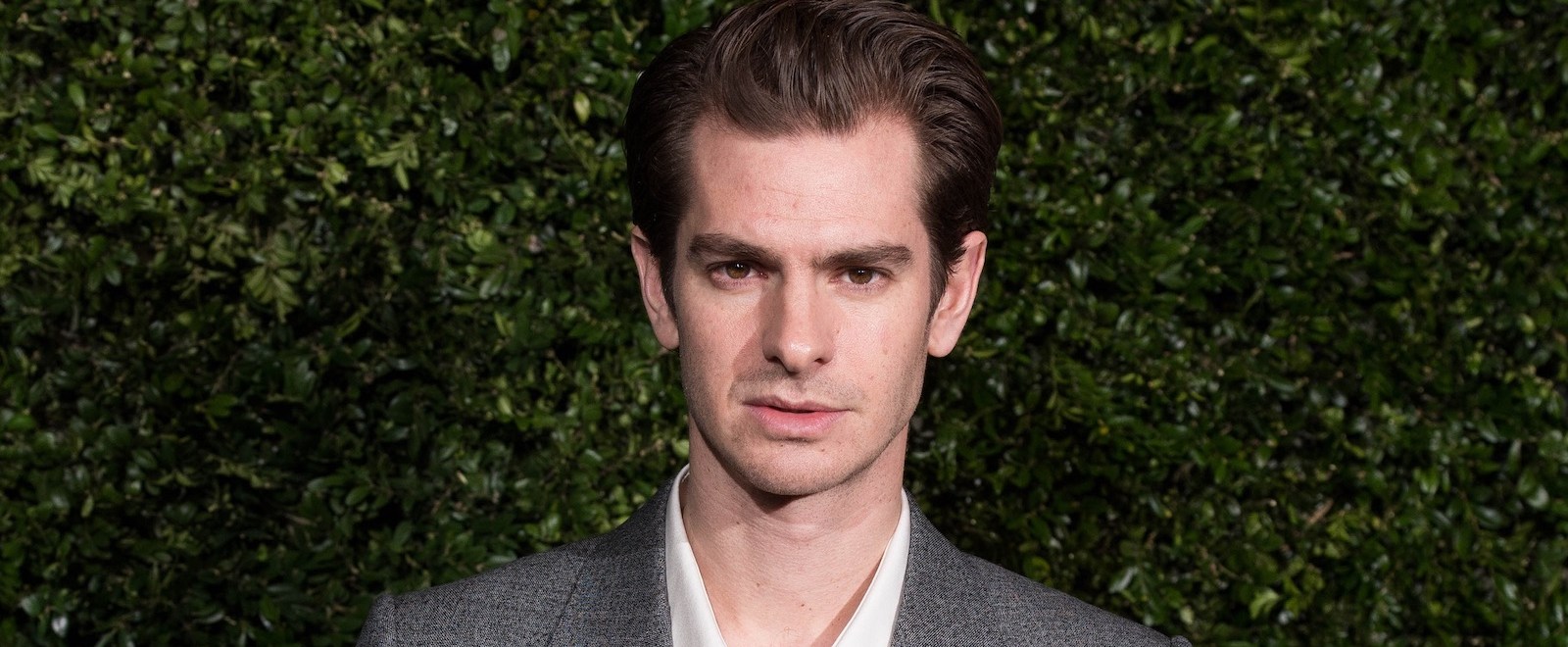

 Images via YouTube
Images via YouTube Images via YouTube
Images via YouTube
 Images via YouTube
Images via YouTube Images via YouTube
Images via YouTube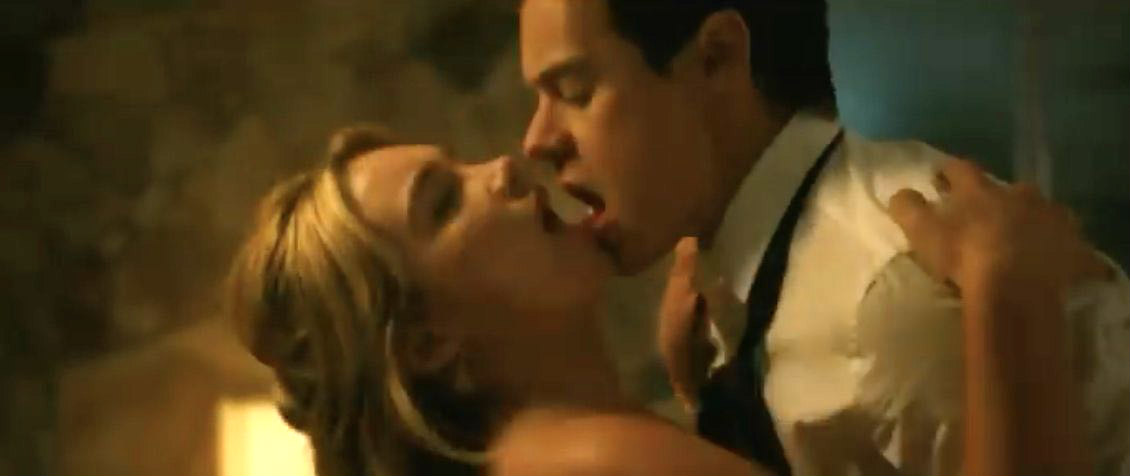

 (@wooduszame_tw)
(@wooduszame_tw)  (@veronicaray_)
(@veronicaray_) 
 (@avinashswifeyyy)
(@avinashswifeyyy) 
 Queen of Swords
Queen of Swords